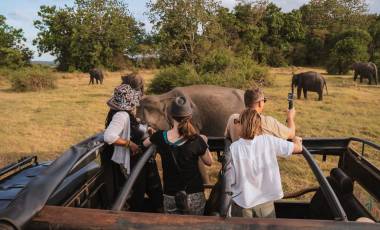Boasting legendary temples, verdant tea plantation villages and lush rainforest peaks, Sri Lanka is a feast for the eyes. Packing an astounding eight UNESCO World Heritage Sites and over 2,000 years of culture into such a small country – this destination is simply begging to be explored.
Ruwan Balasooriya, our local Sri Lankan Exodus Guide, is quick to agree, encouraging customers, “To come and see the Pearl of the Indian Ocean for yourself and uncover its incredible natural beauty and rich biodiversity”. We recently caught up with our expert local guide, Ruwan Balasooriya, to ask which top five sites and hikes he’d recommend to travellers wanting to explore the best parts of Sri Lanka. Read on to find out more.
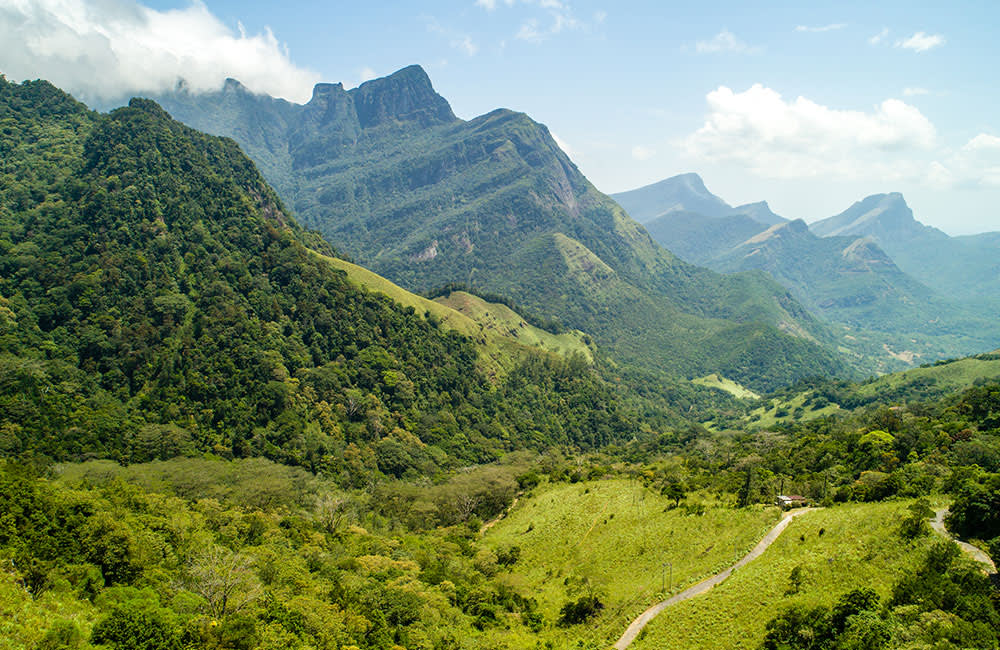
1. Knuckles Mountain Range
This spectacular UNESCO World Heritage Site takes its name from the uncanny resemblance the folds and peaks in the west of the massif have with human knuckles. When standing in certain spots of the Kandy district, it’s not uncommon for hikers to see the outline of a clenched fist appearing in view. But that’s not the only reason why travellers flock to this beautiful mountain range.
With cascading waterfalls in nearly every clearing and rural villages nestled among the mountains, the range is also home to a number of rare and elusive animals, hidden in the dense forests and dewy terraced rice fields. Even though this hike is considered one of the toughest trails in the country, your efforts will be rewarded tenfold in this 234-square-kilometre range that showcases the best of Sri Lanka’s diverse natural beauty.
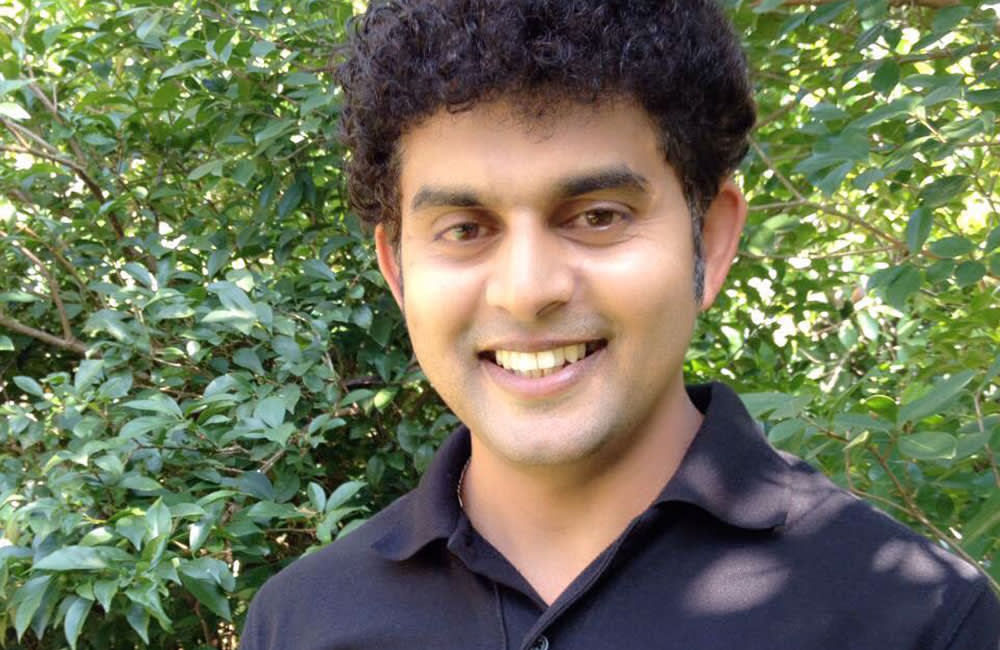
Ruwan was keen to comment, “Knuckles mountain range offers you stunning hiking trails and virgin forests surrounded by nearly 34 misty mountain peaks. Dotted with rural villages, this range gives hikers the opportunity to wander through the villages and experience true Sri Lankan hospitality.”
“If you want to see waterfalls, tea plantations, rice paddy fields and remote villages located in the middle of nowhere – then I would definitely recommend taking this walk.” He continues “This is where the real beauty of Sri Lanka lies.”
On day 4 of the Walking Trails of Sri Lanka trip, we get to explore this beautiful range for ourselves, where we start with a nice descent through rice paddies and into the villages of Pitawala Patana and Etanwala.
“I love making unplanned visits with my Exodus group to local families in the villages for a nice cup of tea or small snack. It may sound simple, but it’s a great way to experience real village life. You may not think it, but this pit stop also greatly contributes to the local economy. It’s a win-win situation for everybody.”
He continues, “It makes me proud to work for a company that believes in sustainable tourism. By seeking out village houses for lunches and using the expertise of local villagers as our ‘trekking helpers’ is an important way to help the local economy.”
While in the Knuckles Mountain Range, we follow an easy ascent to the Manigala ridge, standing at 1115m, and end the day by making a campsite near the riverside where we can bathe in the cool, refreshing water, 20 minutes from the Mahalakotuwa village area.
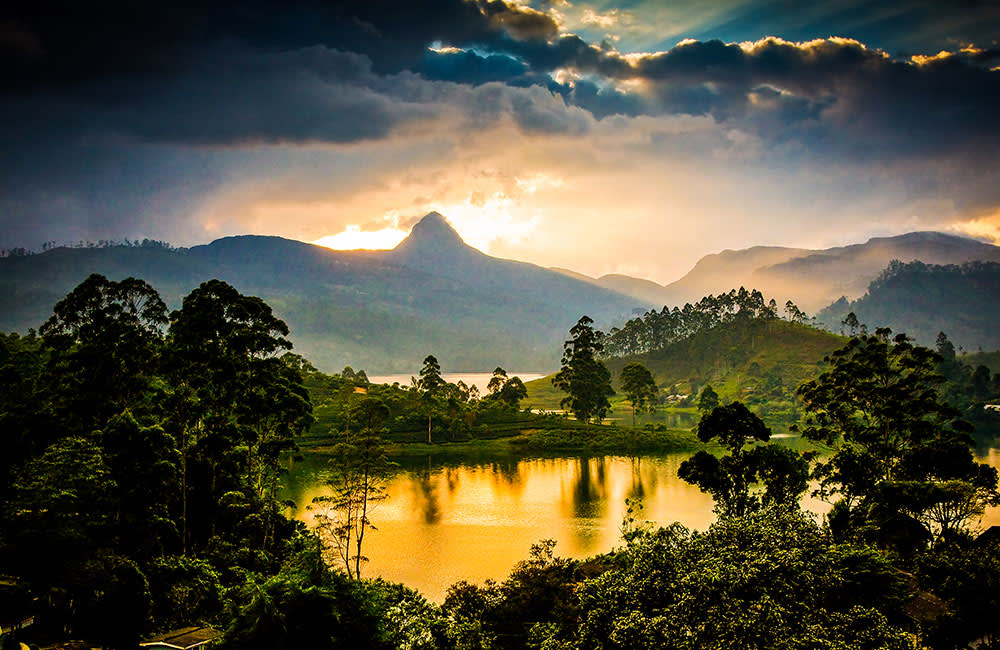
2. Adam’s Peak Climb
Adam’s Peak is one of Sri Lanka’s most conical mountains, standing tall at 2,243m. Due to its enchanting beauty and mystical allure that’s attracted both locals and tourists for decades, this peak is known by many names, such as Samanala Kanda (butterfly mountain) and Sri Pada (sacred footstep), and is a must-climb when you’re travelling in Sri Lanka.
The summit of Adam’s Peak is truly a sacred place for a number of different faiths. Buddhists believe it is a place of worship where Buddha’s footprint is located, while Hindus believe that the golden footprint belongs to Shiva. Muslims and Christians, on the other hand, believe that it’s Adam’s first step after being exiled from the Garden of Eden. However, no matter what you believe, you can’t help but be swept away by the spectacular views when you reach the top.
Ranked moderately tough, you can expect some steep inclines up to the sacred summit of Adam’s Peak, but the 360-degree vista makes it truly worth the effort. Ruwan comments, “I enjoy each and every walk of Exodus’ Highlands of Sri Lanka tour, but the Adams Peak climb definitely stands out for me.”
During the pilgrimage season (December to May), the climb to Adams Peak is illuminated by a sparkling ribbon of lights that you can see from miles away, making it look like a trail of stars leading into the heavens. However, we wouldn’t recommend attempting the climb in these months, as thousands of local pilgrims who make the ascent every year will add hours onto your journey to the summit.
Out of the pilgrim season, you can tackle this sacred ascent for yourself on day 8/9 on our Discover Sri Lanka trip. Depending on the month you choose to travel, guides like Ruwan, can take you on the ascent around 11pm on the 8th day from Nuwara Eliya, where you will go on a 3-hour drive. After you get there, it takes 4 hours of hiking to reach the summit, just in time for the clouds to part for sunrise. You will then return to the rest of the group for lunchtime on day 9. For those not wanting to hike to Adam’s Peak, we get to unwind and relax at the hotel in Nuwara Eliya, or enjoy an optional white water rafting excursion.
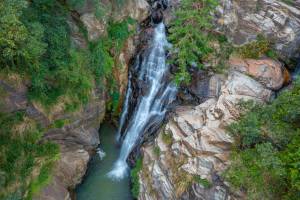
3. Ravana Ella Falls
With clear water cascading from an oval-shaped concave rock at 82 ft, some locals say the Ravana Ella Falls resembles an areca flower with withering petals. During the rainy season, water comes leaping down the mountainside, making this waterfall known as one of the “wildest looking falls” in all of Sri Lanka. However, during the dry season, you may find it may not flow at all.
Legend has it, the falls were named after King Ravana, connected to the famous Indian epic, the Ramayana. It is said that Ravana (who was the king of Sri Lanka at the time) kidnapped Princess Sita, and hid her in the caves behind this waterfall, now simply known as the Ravana Ella Cave.
On day 11 of our Walking Trails of Sri Lanka trip, we hike to Ella Gap, where we have dramatic views of the coastal plain nearly 1,000m below. Shortly afterwards we walk further to enjoy epic views of the Ravana Ella Falls and visit the noisy and colourful Kataragama Temple nearby.
Ruwan comments, “Trekking is a great way to see the real country, its culture, people, food, waterfalls fauna and flora. Our Exodus tours offer the perfect combination of these highlights. Being a trekking leader gives me the opportunity to take you to places where most tourists don`t get to chance to see. To see these beautiful falls at their wildest, I’d recommend visiting in September, October and November.”
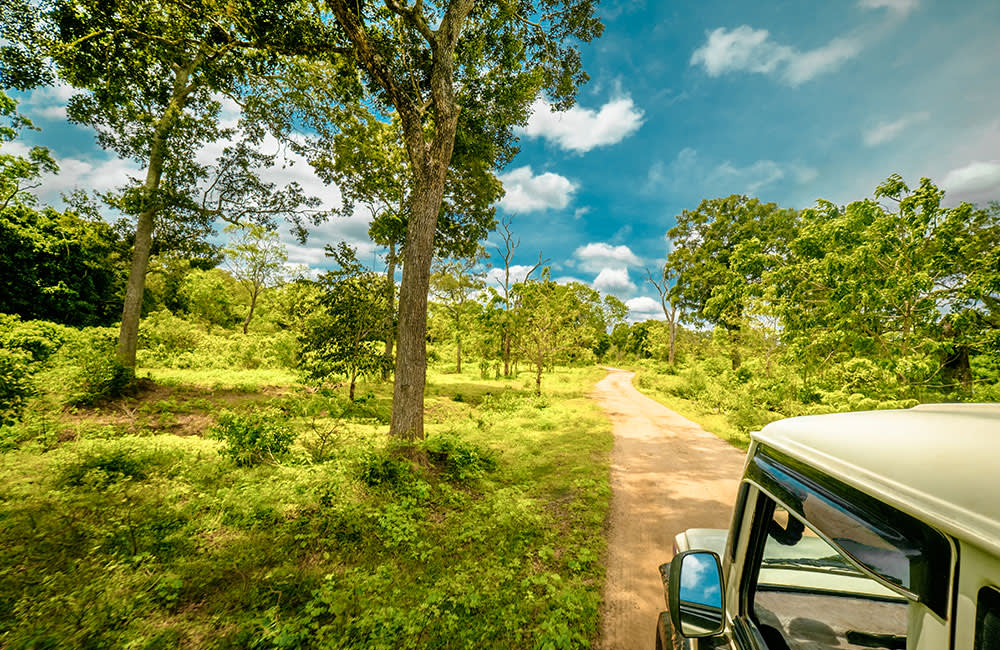
4. Yala National Park
With its brackish lagoons, lush grassy plains and forests, Yala National Park offers the perfect ecosystem for wildlife to flourish. Once used as a hunting ground, Yala National Park became a designated national park in 1938. Stretching over 1,268 sq km, this spectacular park hugs the Indian Ocean and is home to the world’s biggest concentration of leopards. Ruwan explains it’s also possible to spot, “Buffaloes, majestic elephants, spotted dear, shaggy-coated sloth bears, monkeys and crocodiles. Watch out for small grassy clearings and watering holes as these areas offer great opportunities to see these animals in their natural habitat”.
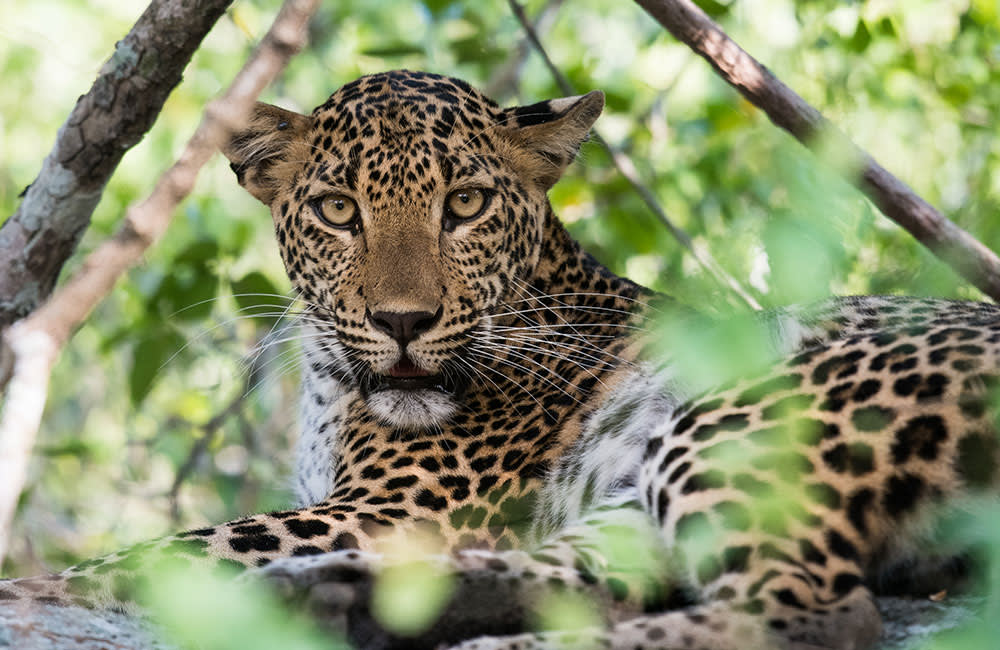
We take an exhilarating game drive into Yala Park on day 12 of our Discover Sri Lanka trip, from Kataragama. Divided into five blocks, with two open to the public, it’s estimated that over 20 leopards are thought to be present in Block I alone, which is why Yala is considered to be one of the world’s best parks for spotting these big cats. The best time to see these beautiful leopards prowl is February to June or July when the water levels in the park are low.
Over 200 species of birds have also been spotted at Yala, many of which are seasonal because they migrate to the park to escape the northern winter. So, if you time it right, it’s likely that you’ll come across lots of peacocks, orioles, hornbills, white-winged black terns, curlews and pintails when you wander around the park. There is also a high possibility that you will encounter one of the 300 elephants roaming in Yala too.
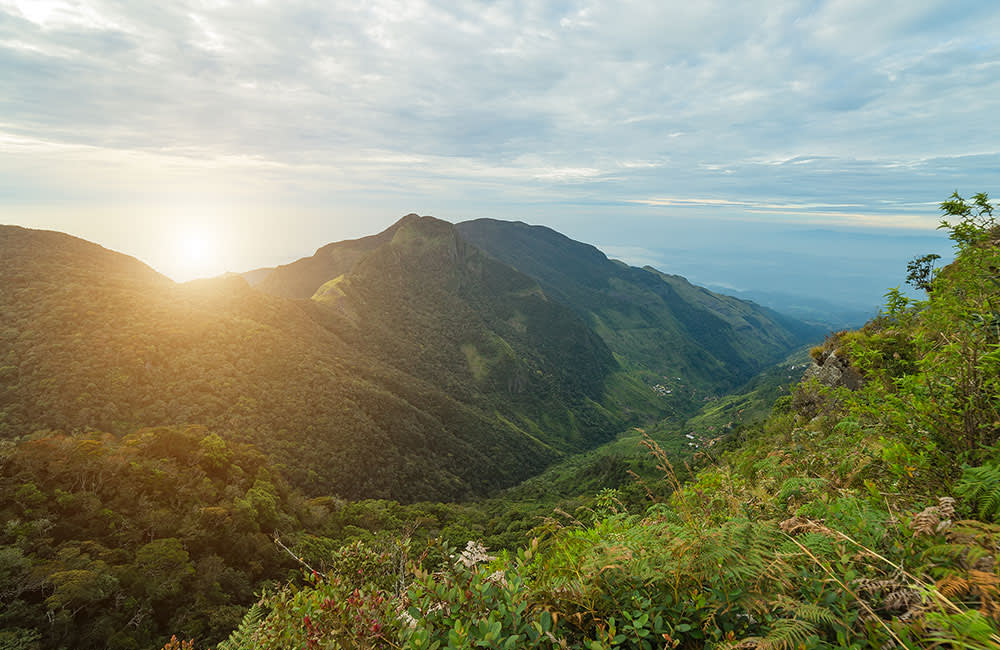
5. The World’s end viewpoint
One of the most interesting sites to see in Sri Lanka has to be the World’s End Viewpoint. This 2,900 ft precipice is almost as impressive as the splendid views you are rewarded with when you look over it. Imagine sweeping vistas stretching out to the horizon, lined with tea plantation villages, an overview of the Knuckles Mountain Range and unencumbered views south towards the coast.
To see this amazing vista, it is essential that you get there early, as the view from World’s End is often obscured by mist, particularly during the rainy season from April to September. We’d recommend finishing the hike in the early morning between 6am and 10am before the clouds roll in.
We take a drive to the Horton Plains Plateau during day 10 of our Walking Trails of Sri Lanka trip. The plateau stands over 2,000m above sea level and overlooks the second and third-highest peaks in Sri Lanka. Horton Plains also has one of the last remaining, rarest ecosystems on earth: cloud forests. These tropical montane forests are characterised by persistent, low cloud cover at canopy level, and add a bit of mystery to our hike.
At the beginning, we meander through the tall russet-coloured grass known as “patina” in Sinhalese, passing by tropical montane forests with unusual wildlife, such as the purple-faced monkey.
Depending on what time of year you choose to go, you may find yourself walking along paths adorned with bursts of pink rose myrtle and yellow ranawara—with the beautiful sound of warblers and thrushes to keep the group company. After soaking in the spectacular sites of the World’s End Viewpoint, we catch a train to the highest railway station in the country!
Ruwan says that the highlights of walking to the World’s End Viewpoint for him is that, “You get to witness the spectacular Baker’s Falls, walk through the mysterious cloud forest and if you’re lucky, catch a glimpse of small herds of Sambar deer.”
He ends the interview by saying, “Trekking is a privilege to me. It is the perfect way to stay fit mentally and physically. The spectacular Sri Lankan scenery and fresh air come as a bonus”
If Ruwan has inspired you to visit this beautiful country, find out more about what trips we offer in Sri Lanka, by clicking here.

